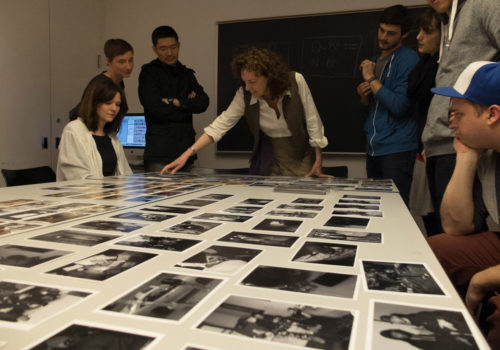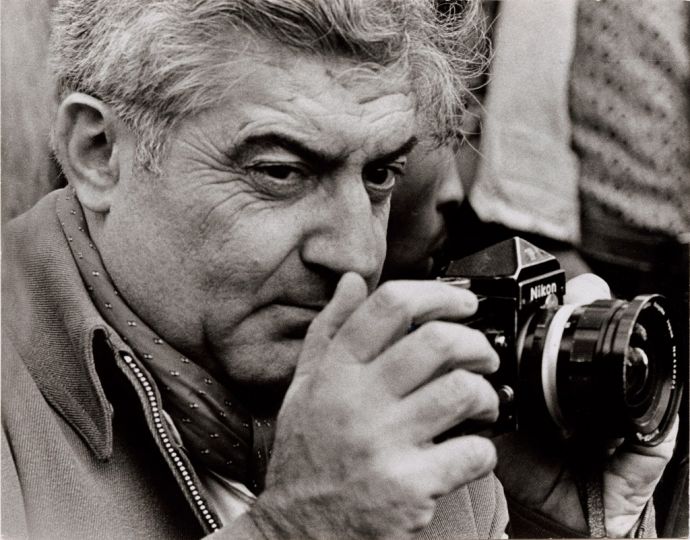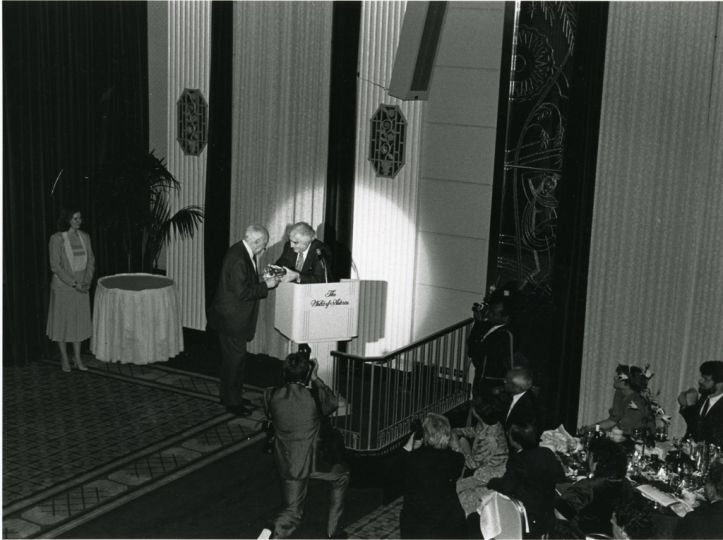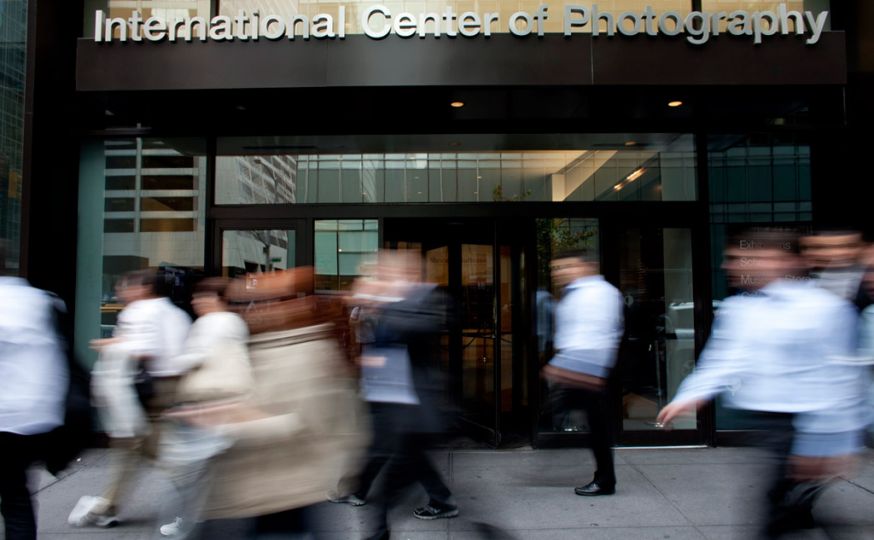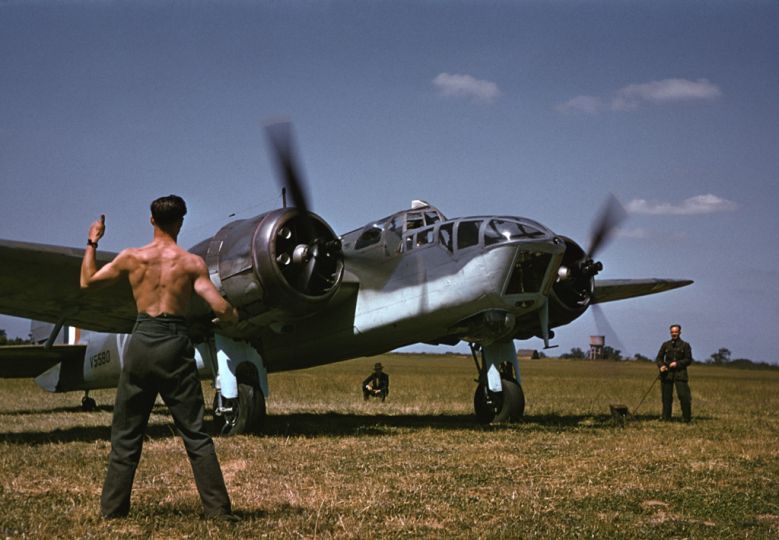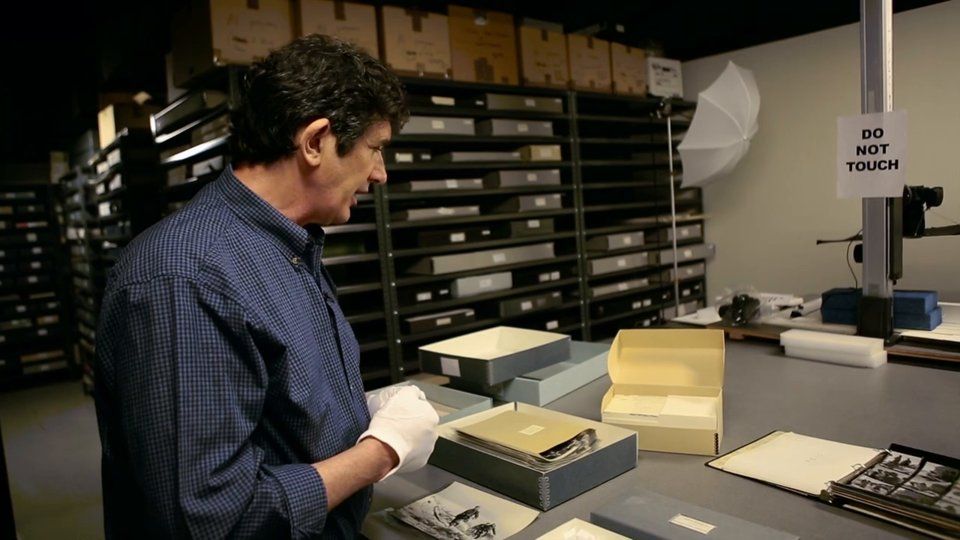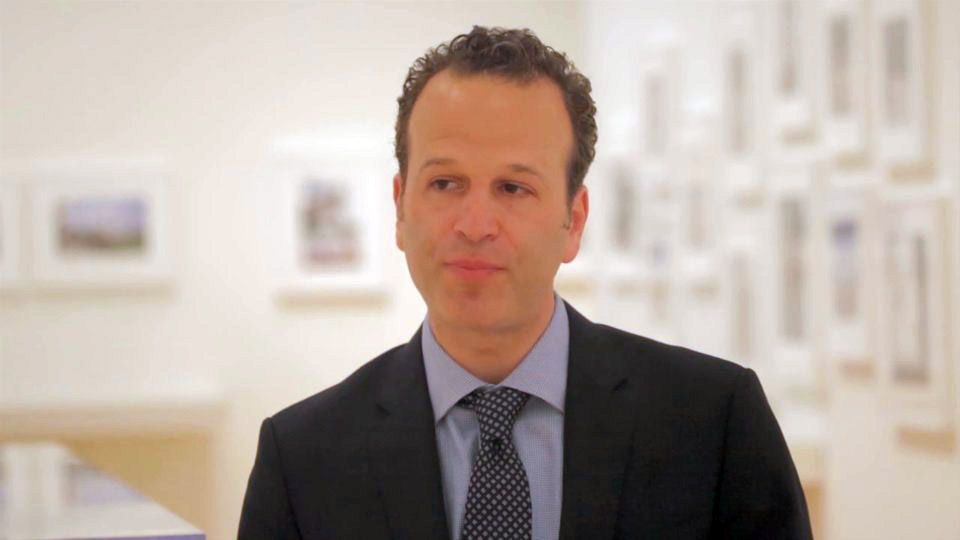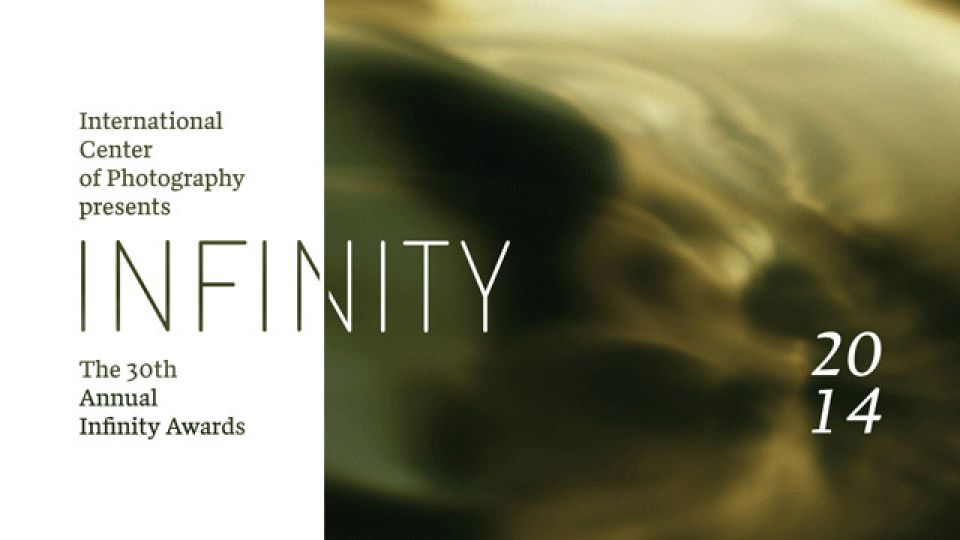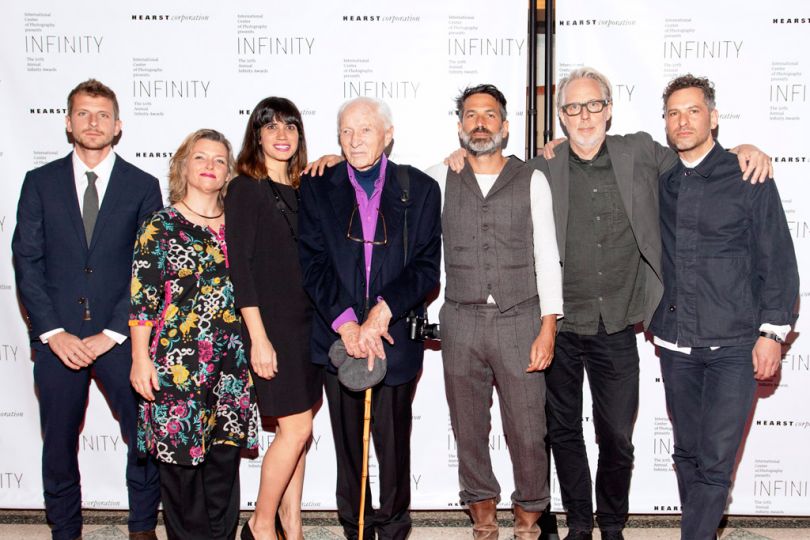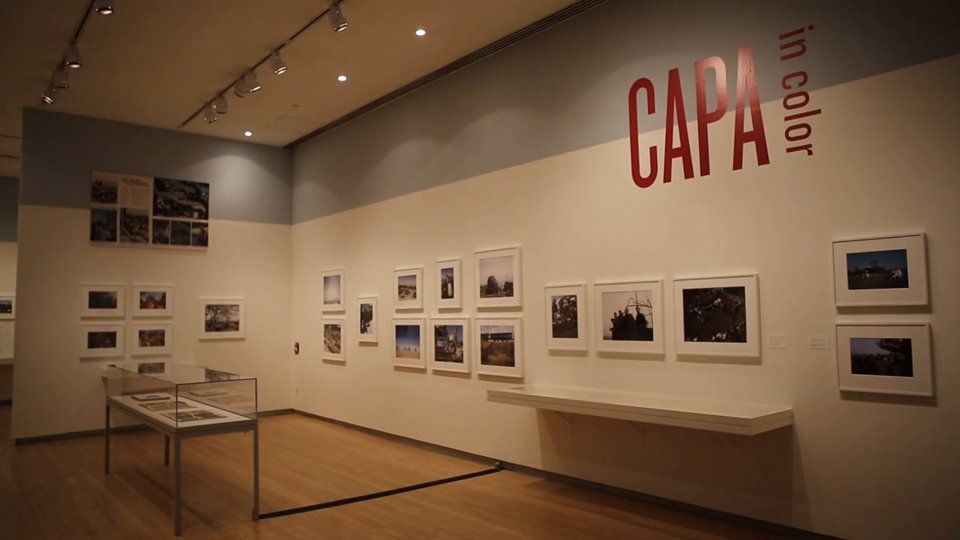Almost ten years ago I started teaching the history of Documentary Photography and Photojournalism at the International Center of Photography. It has been an incredible experience to hear so many ideas and opinions and see such a wide range of projects from around the world. The diversity of the students, over half are international, is one facet that makes the programs so exciting. During the past year students have arrived from Siberia, Lebanon, Finland, Italy, Taiwan, Germany, Colombia, Japan, South Korea, Costa Rica, Australia, Venezuela, Brazil, and of course, from the United States. While teaching this year the students have taught me about the following photographers I never knew: Manuel Hermelindo Rodriguez from Colombia, Homi Vyarawalla from India, Enrique Meneses from Spain and George Voulgaropoulos from Australia. It is truly the center of international photographic learning.
During a recent week, students in Alison Morley’s photojournalism seminar class were critiquing the photographs of Theo Zierock from Italy who had been documenting a New York man who spends most of his days at horse races. There was a lively discussion of whether Theo should include his wife as it was felt she too was key to the story and the man might be trying to avoid her by spending so much time at the racetrack. In another room Karen Marshall and her seminar class were studying the work of Samantha Kaplan from Califronia and debating how she should focus her project on the South Bronx. Some argued against the usual subjects of crime, unemployment and social problems. Some students wanted the focus more on positive things like the small, successful companies she documented. Samantha had also photographed a family who lost a child due to an asthma attack. Meanwhile in a General Studies seminar class with Marina Berio, the students were discussing Carrie Basch’s project about her mother that included written stories. The discussion center on an important issue: how to present the images with the text. There was a conversation about putting the photographs into a book format but how would the stories be included? Berio suggested the words could run along the bottom of the pages to suggest a narrative but not make a body of text specific to one image.
In each room a range of ideas was being considered, discussed and evaluated for possible deployment in the students projects.
As these discussions continued, outside, the gallery walls were hung with recently mounted works created by the MFA students. Their work covers a wide range of presentations including some done as videos while others rarely included photographic images. One work by Kim Weston covered a section of wall with multi-sized framed photos on a background field. Needless to say, the MFA students had learned how to articulate their ideas in the widest array of exhibition options that clearly placed their works in the perspective.
Down the hall other students were developing silver prints and further along, students in digital labs were refining their images for pigment prints.
The Facts:
Shortly after Cornell Capa opened the International Center of Photography in the former Audubon house on Fifth Avenue in 1974 he received approval from the Regents of the State of New York for ICP to offer transfer credit for courses and by 1983 the first full-time, yearlong certificate program in photography was launched. This program and others developed into one of the largest and most influential photography schools in the world.
The first year-long certificate program was the Documentary Photography and Photojournalism program, followed by the General Studies in Photography program and in 2003 an MFA program in Advanced Photographic Studies with Bard College. Today these programs enroll close to 100 students.
Each program has its own specific approach to teaching photography. The Documentary Photography and Photojournalism program, chaired by Alison Morley focuses on the skills needed to work in the rapidly changing world of visual journalism. What makes the program especially vibrant is its international composition that gives it a broad range of viewpoints.
Students have access to traditional wet darkrooms for printing black & white and color as well as digital labs tools for the post-production and printing of their work. They learn alternative processes, location lighting and how to use medium and large format cameras in addition to multimedia and video. They study the history of documentary photography as well as the editorial process including how to successfully edit their images from long-term projects. They also have the opportunity to work with many of the key newspapers, magazines, editors, agencies and photographers in the New York area.
The faculty and visiting artists have included many prominent people in the field today including: Joseph Rodriguez, Ron Haviv, Karen Marshall, Andrew Lichtenstein, Alice O’Malley, Shelby Lee Adams, Bill Armstrong, Jane Evelyn Atwood, Nina Berman, Lori Grinker, Jeff Jacobson, Ed Kashi, Sylvia Plachy, Marcel Saba, and Brian Young.
The year-long General Studies program, chaired by Maria Berio specializes in the study of fine art photography and the use of experimental methods to create works of art. Students are presented with a wide range of contemporary practices in order to understand how to create their own unique visual expressions and how to place them in the larger cultural and political world.
Recent faculty have included: Bill Armstrong, Elinor Carucci, Jean Marie Casbarian, Pradeep Dalal, Allen Frame, Joshua Lutz, Suzanne Opton, Barron Rachman, Claudia Sohrens, and Brian Young.
On the graduate level there is a two-year MFA Advanced Photogaphic Studies program in affiliation with Bard College chaired by Nayland Blake, which pushes the students to further develop their individual creative visions in diverse areas through critical and theoretical study along with the inspiration of historians, editors, photographers, and ICP curatorial staff. Students are encouraged to use all the possible resources to express themselves through images in a wide array of communities where photography has become a powerful shaping force.
The core faculty in the graduate program include Erin Barnett, Elizabeth Brown, Moyra Davey, Liz Deschenes, David Deitcher, Deirdre Donohue, Edward Earle, Marvin Heiferman, Justine Kurland, Joshua Lutz, Christopher Phillips, Carol Squiers, and Victor Sira.
In addition the school offers many continuing education classes for non-degree students and a teen academy that helps students develop their photographic vision to communicate their feelings about the world around them.
Located in the center of Manhattan at West 43rd and 6th Avenue it is truly the center of photography internationally, offering students unparalleled access to many of the important publications, agencies, editors, curators, thinkers and writers in the visual field as well as an unmatched convergence of ideas and solutions from around the world. There is no other photographic institution like it.
It was visionary, in 1974, when Cornell Capa did not name it the New York Center of Photography or the North American Center of Photography but instead chose to call it the International Center of Photography because it truly is at the center of the photography world.
By Robert Stevens

